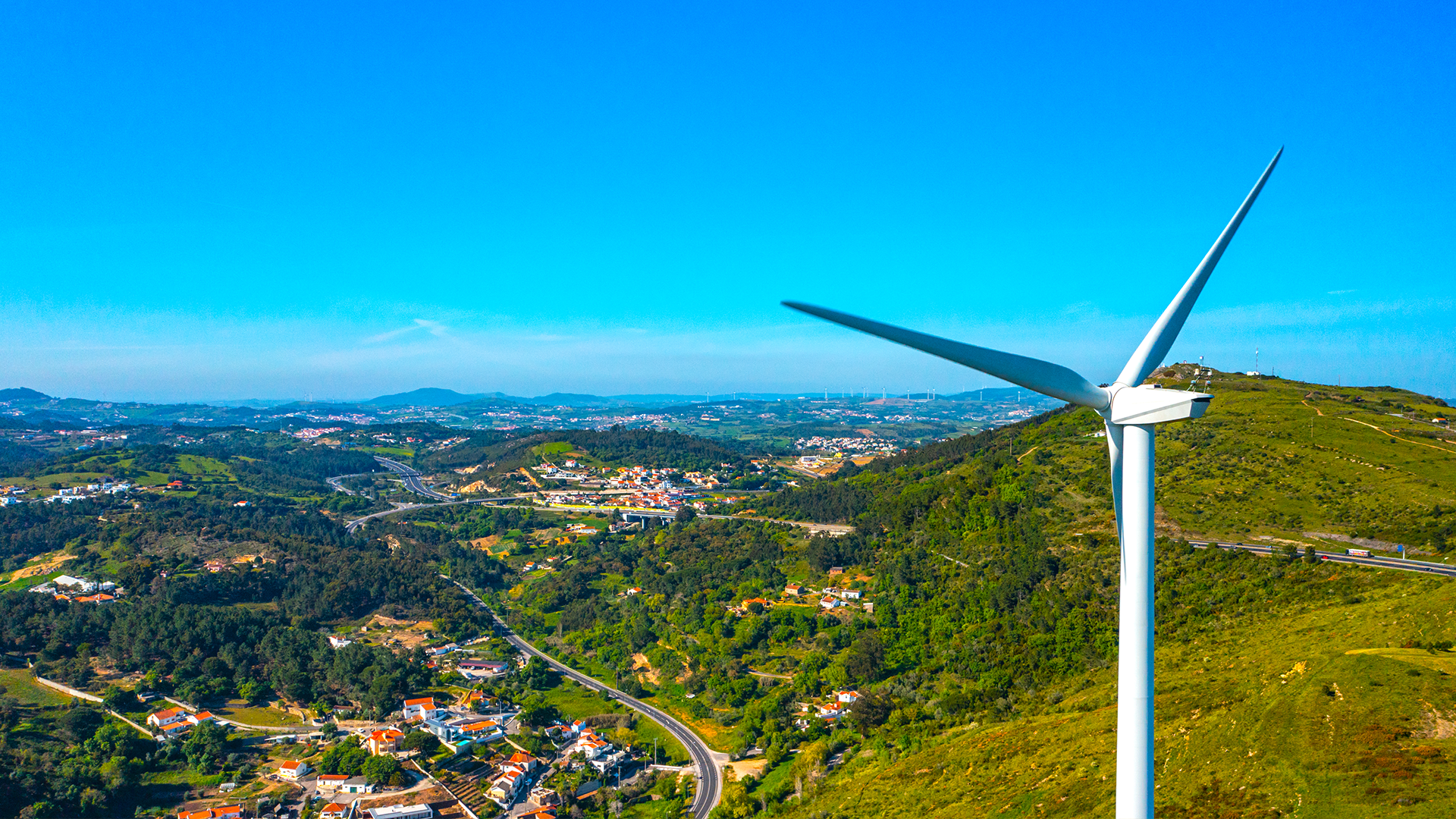The new European cycle is taking its first steps with the revalidation that the proposed Commissioners to form the European Commission must pass in the European Parliament. Everything suggests that in the coming five years, if we want a Green Europe, we must commit to a decarbonized and competitive industry; without it, there will be no Europe at all, as predicted a few months ago in the Draghi report.
This is evident from the written responses of the proposed Commissioners for Prosperity and Industrial Strategy, Frenchman Stéphane Sejourné; the candidate for the Energy and Housing portfolio, Danish Dan Jørgensen; and those sent by the Vice President and Competition Commissioner, Teresa Ribera, to questions posed by Members of Parliament from their respective committees.
The candidate for Vice President of Prosperity and Industrial Strategy in the next European Commission, Frenchman Stéphane Sejourné, advocates advancing hand in hand in decarbonization, namely in the energy management of industry, industrialization, and boosting public and private investment to improve the European Union’s competitiveness.
“The Clean Industry Pact will continue on the path of decarbonizing and industrializing the European economy at the same time, with more resilience and strategic autonomy,” highlighted Sejourné in a written questionnaire sent to the Eurochamber before the oral examination he will undergo on November 12 for his nomination to be approved by Members of Parliament.
The Frenchman announces that this decarbonization strategy will be presented in the first hundred days of his term, that is, before the summer of 2025, and will include initiatives to “improve permits and access to infrastructure, energy and raw materials, public and private financing, skills, and technologies.”
“We will accelerate industry decarbonization by simplifying administrative processes, developing leading markets for sustainable products, mobilizing private financing for the transition, leveraging partnerships, strengthening our single market, and ensuring equal conditions,” grounded in an “Industrial Decarbonization Acceleration Act” alongside other initiatives already underway, such as the Critical Raw Materials Act or the Circular Economy Act.
Among Sejourné’s major priorities will be the creation of a Competitiveness Fund to help mobilize the additional €800 billion in annual investments that the EU needs to compete with China and the United States without sacrificing its strategic goals in climate or defense, as outlined in the Draghi report, which has become mandatory reading for all commissioner candidates.
Pushing for economic decarbonization to achieve NetZero goals by 2040 requires an energy policy that simultaneously preserves industry competitiveness. This requires a commitment to renewable electrification and reducing energy costs by aggregating supply and demand, resizing distribution infrastructures, and increasing flexibility in renewable projects.
Newly, there’s a clear commitment to nuclear energy as a continuous power source that counters the intermittency of solar and wind power, specifically through small modular reactors.
The candidate for the energy portfolio, Jørgensen, affirms in his responses to the European Parliament that electrification, with a fully decarbonized electric system by 2040 based on renewable and low-carbon solutions, will be the main driver of the energy transition. He explains that national energy and climate plans must offer greater certainty to drive the massive investments needed to achieve that energy transition.
He states that it is necessary to address obstacles to drive electrification through an Electrification Action Plan that can focus on removing barriers and accelerating access to electricity for both industry and households still using fossil fuels for heating, transportation, and other energy sources. He says he will focus on expanding and modernizing our grids to ensure an efficient transition from fossil fuels to clean energy.
He highlights the need for swift and solid implementation of key cross-border infrastructure projects, as well as the EU Grid Action Plan with concrete actions to speed up the modernization and construction of electrical grids, including at the distribution level. This is also crucial to meet the 15% interconnection target. Therefore, he will rely on an assessment of the existing regulatory framework for networks to identify measures to optimize grid planning in Member States, expedite permit granting, ensure efficient use of existing infrastructure, make networks smarter, and streamline and simplify planning procedures.
He considers investments in clean energy infrastructure a key priority for the coming years, as reflected in the Draghi and Letta reports. To support this work, he will propose a specific clean energy investment strategy for Europe, including a risk reduction initiative to unlock private capital. This will be essential in efforts to prioritize clean energy investment, including in infrastructure. He will also ensure that available resources from NextGenerationEU and the current budget are used. He will ensure that European budgets’ power is harnessed to drive and reduce private investment risk.
Regarding the written responses sent by Vice President and Competition Commissioner Teresa Ribera to questions posed by Members of Parliament, the current minister for ecological transition and demographic challenge has committed not to hinder the development of nuclear energy, considering this technology an “important part in the race for decarbonization.”

